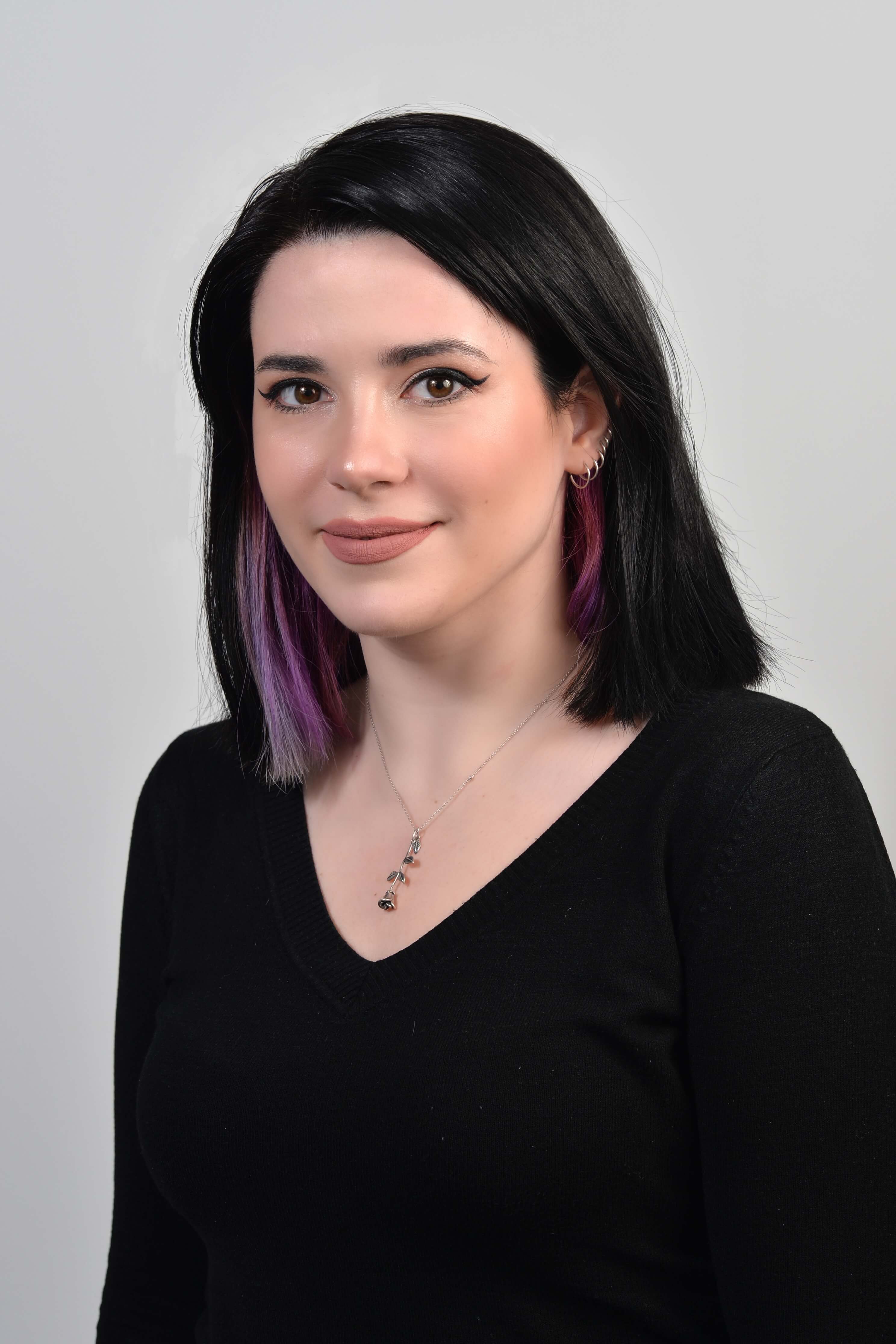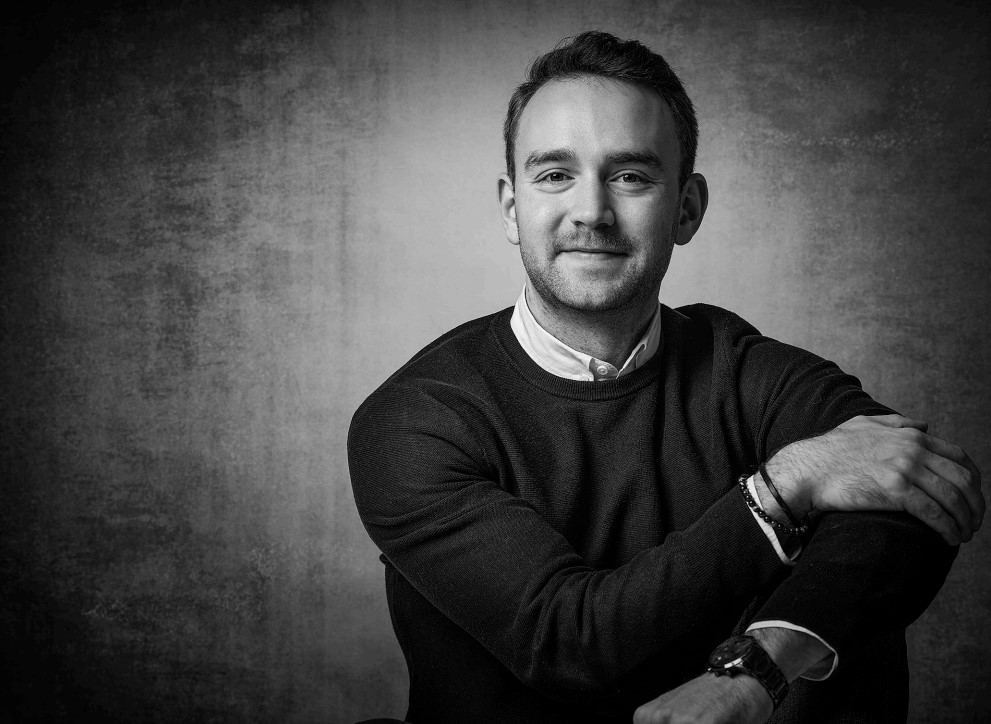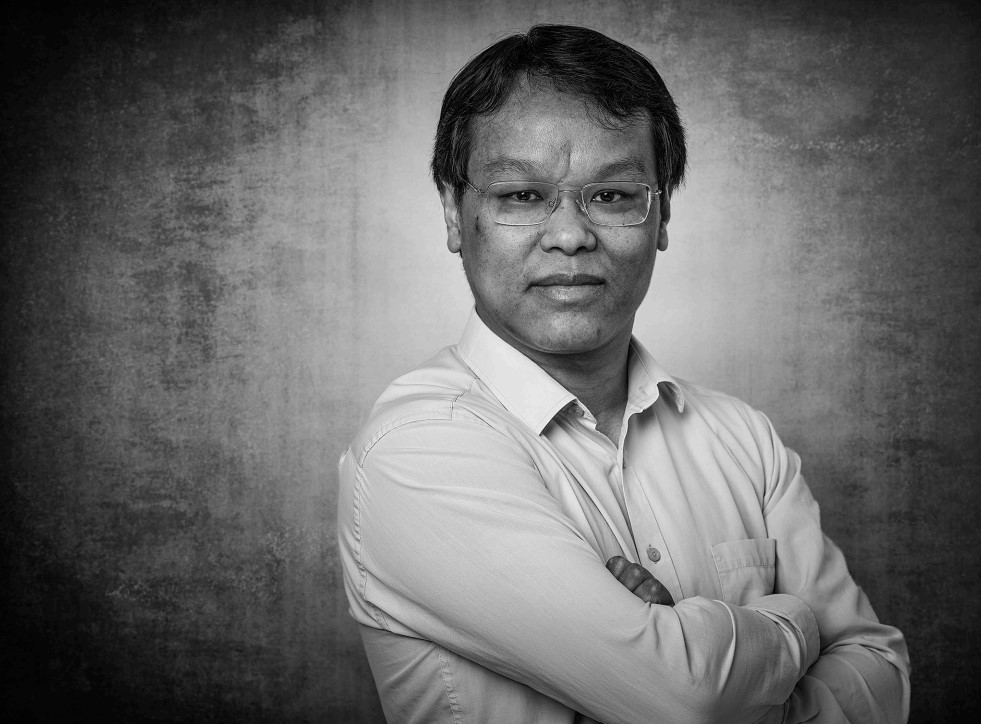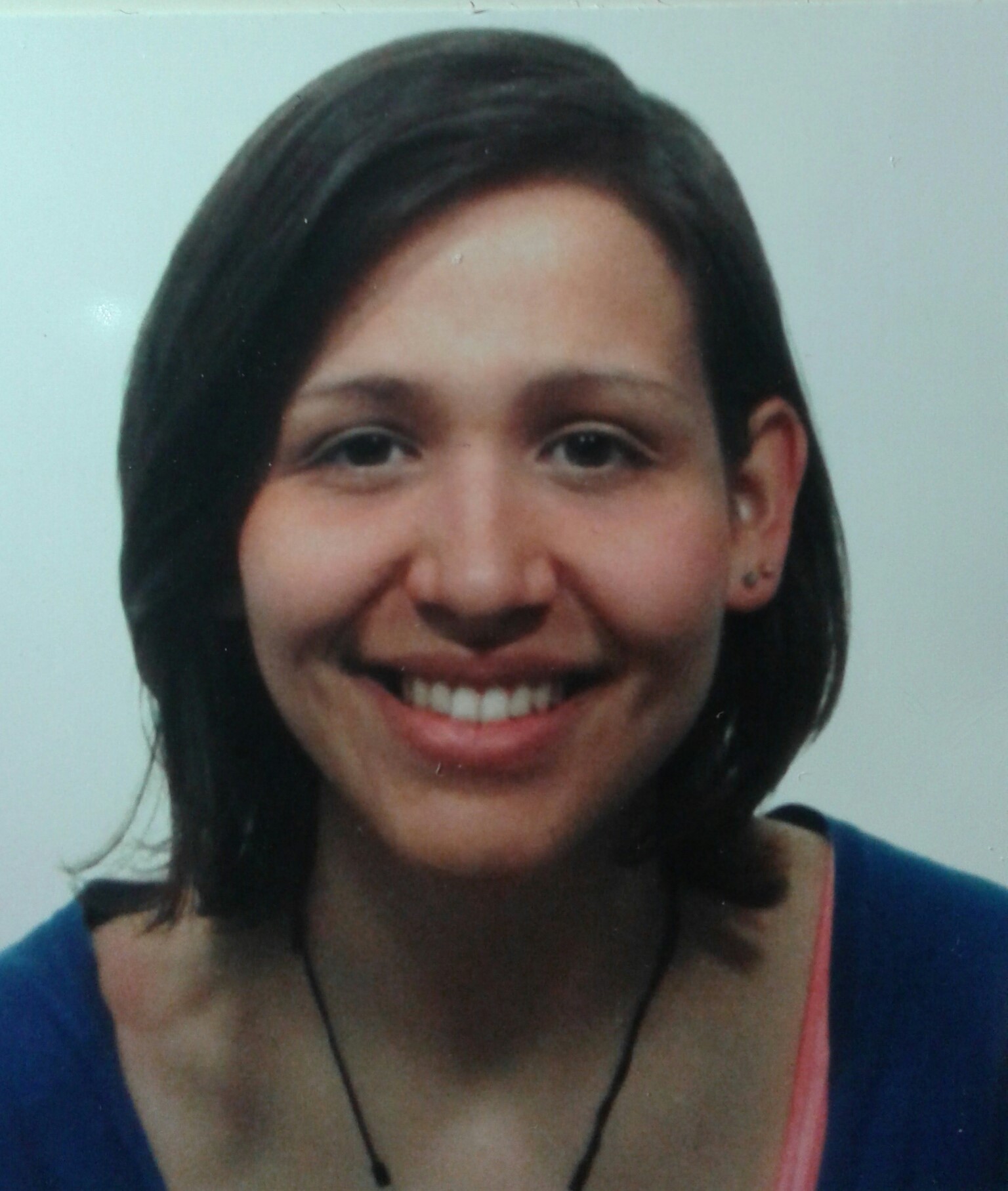Three Individual EU MSCA Fellowships to NBIA
Three young scientists have been awarded Individual EU MSCA Fellowships at NBIA, and in addition one Individual EU MSCA Fellowship will be spent partly at NBIA. Research topics for all fellows are within the blooming area of gravitational wave physics, as will be described in detail below.

Marica Minucci will join the Strong Group as a two-year Marie Skłodowska-Curie Fellow to work on the FundBHspec project: “Fundaments of Black Hole Spectroscopy” in collaboration with Rodrigo Panosso Macedo. This project is funded by the Marie Skłodowska-Curie Actions under the Horizon Europe programme and aims to combine mathematical general relativity, numerical relativity and astrophysics to advance the fundamental theory of black hole spectroscopy.
Gravitational wave astronomy has emerged as a pivotal field, allowing us to investigate gravity in its strongest regime. Black hole spectroscopy serves as a highly effective method for extracting spacetime information from gravitational wave signals. The late-time radiation emitted by newly formed black holes is characterised by exponentially damped oscillating signals. Analysis of the decaying scales and oscillating frequencies, referred to as quasinormal modes, offers valuable insights into the black hole's background.
Theoretical predictions suggest that small perturbations around a black hole can significantly alter its quasinormal modes spectra. Thus, in dirty environments, quasinormal modes may deviate from the values expected for isolated black holes. Leveraging modern tools from differential geometry and high-precision numerical methods enables comprehension of this instability in quasinormal modes. This project seeks to establish a robust theoretical framework that, when integrated into efforts to measure quasinormal modes, will enhance the scientific gains from black hole spectroscopy in the forthcoming era of high-precision gravitational wave astronomy.
 Christopher Tiede has been awarded a two-year EU Marie Skłodowska-Curie Individual Fellowship to work on a project titled “Swimming Giants: Illuminating the supermassive-binary and gas interaction” in the Theoretical Astrophysics group at the NBIA. Chris received his PhD from New York University in the spring of 2022 and joined the NBIA as a postdoctoral fellow in the Fall of the same year.
Christopher Tiede has been awarded a two-year EU Marie Skłodowska-Curie Individual Fellowship to work on a project titled “Swimming Giants: Illuminating the supermassive-binary and gas interaction” in the Theoretical Astrophysics group at the NBIA. Chris received his PhD from New York University in the spring of 2022 and joined the NBIA as a postdoctoral fellow in the Fall of the same year.
Nearly every galaxy hosts a supermassive black hole at its core, each millions to billions times more massive than our Sun. When galaxies collide and merge, these behemoths amalgamate into supermassive binaries that churn the nascent galaxy’s gas and stars. The cosmic undulations of these binaries are posited as the primary contributor to the recently detected gravitational-wave background; yet their ultimate fate remains an enduring mystery in astrophysics and such a source has never been conclusively detected. Chris’s Marie Curie project will apply high performance hydrodynamic simulations to document the evolution and observational signatures of these Leviathans as they wade through galactic centers.
This work will facilitate searches for compact massive-binaries in existing and future electromagnetic surveys, and it will directly impact the modeling and analysis of gravitational wave data from Pulsar Timing Arrays and the upcoming space-based LISA detector. Chris’s project will deepen our understanding of galactic evolution and will bolster the emerging field of multi-messenger astrophysics.
 Zhengwen Liu has been awarded a two-year EU Marie Skłodowska-Curie Individual Fellowship to work on a project titled “Gravitational Wave Theory: Feynman Toolbox for Einstein Gravity”. Zhengwen earned his Doctorate from the Université Catholique de Louvain in 2019. Before joining the NBIA as an Assistant Professor in the fall of 2022, he was a DESY Fellow in Theoretical Particle Physics in Hamburg.
Zhengwen Liu has been awarded a two-year EU Marie Skłodowska-Curie Individual Fellowship to work on a project titled “Gravitational Wave Theory: Feynman Toolbox for Einstein Gravity”. Zhengwen earned his Doctorate from the Université Catholique de Louvain in 2019. Before joining the NBIA as an Assistant Professor in the fall of 2022, he was a DESY Fellow in Theoretical Particle Physics in Hamburg.
The landmark discovery of gravitational waves from a coalescing binary black hole system in 2016 marked the beginning of a new era in our exploration of the Universe. Binary black hole and neutron star mergers are the primary sources of gravitational waves. High-accuracy theoretical predictions for the motion of these compact binaries play a fundamental role in interpreting data and maximizing discovery potential for present and future observations like the LIGO-Virgo-Kagra.
Zhengwen’s project aims to push the boundaries of precision in the theoretical predictions for classical gravitational-wave observables. This will be achieved through the development of innovative computational methods by incorporating cutting-edge techniques from quantum field theory and mathematics, such as effective field theory, Feynman integrals and algebraic geometry. The project is expected to yield a series of novel precision corrections for the dynamics of inspiralling binary systems, advancing beyond the current state of the art. These results can be used to construct more precise waveform models, essential for addressing long-standing questions in fundamental physics and astronomy with next-generation gravitational-wave observations, such as the LISA and the Einstein Telescope, potentially offering profound insights into Einstein gravity.

Elisa Maggio from the Max Planck Institute for Gravitational Physics (AEI) in Potsdam will visit the Strong Group from July to December 2024 as a secondment for her Marie Skłodowska-Curie Postdoctoral Fellowship.
The research grant with title "Testing the horizon of black holes with gravitational waves" (ThorGW) will provide novel tests of general relativity concerning the location of the horizon in compact objects with current and next-generation detectors.
